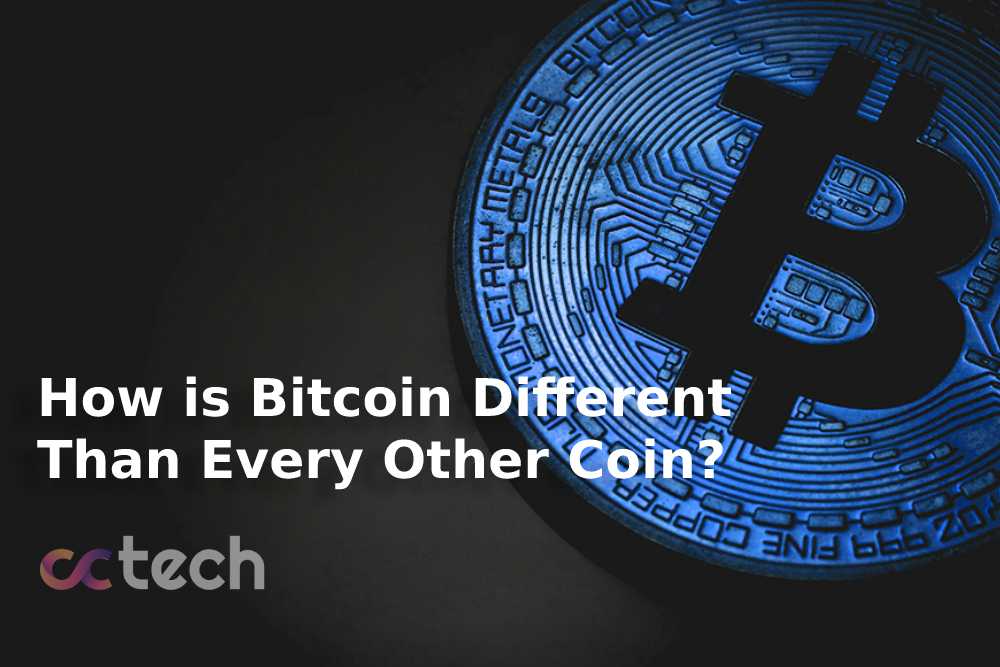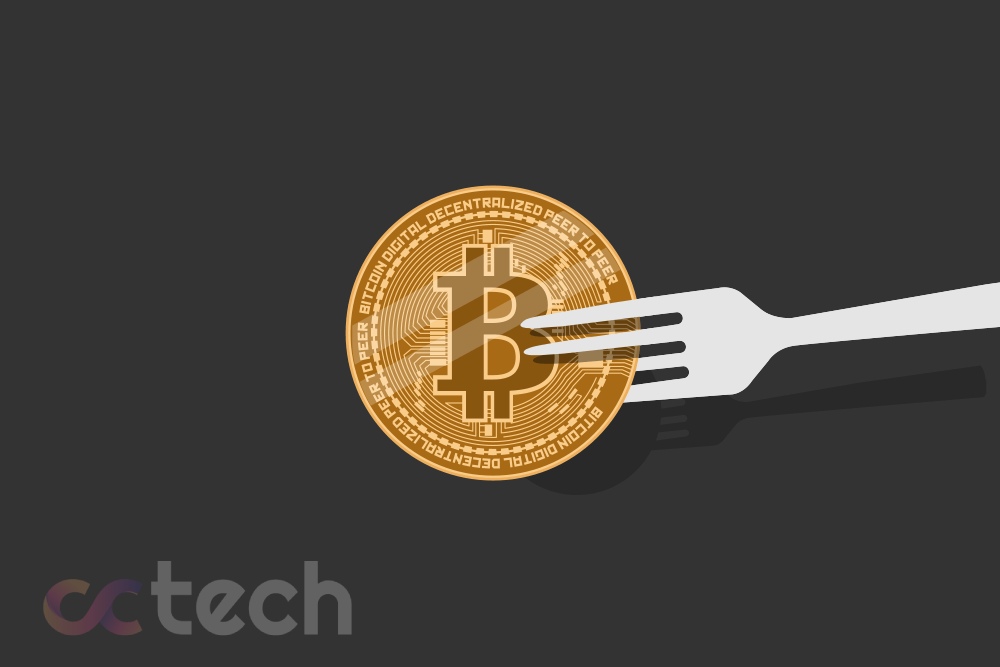
“Multisig” stands for multi-signature, which is a special type of digital signature that allows two or more users to sign documents together as a group. Therefore, a multi-signature is created by combining several unique signatures. “Multisig” technology exists in the world of cryptocurrencies, but this principle was known long before the creation of Bitcoin.
In the context of cryptocurrencies, this technology was first applied to bitcoin addresses in 2012, which eventually led to the creation of multi-signature wallets a year later. Multi-signature addresses can be used in a variety of contexts, but most use cases involve security concerns. Now we are discussing their use in cryptocurrency wallets.
How does it work?
As a simple analogy, we can imagine a safe box with two locks and two keys. Alice has one key and Bob has the other. The only way they can open the box is if they provide both of their keys at the same time, so one person cannot open the box without the consent of the other.
In essence, funds stored at a multi-signature address can only be accessed with two or more signatures. Therefore, using a “Multisig” wallet provides users with the ability to create an additional layer of security for their funds. But before looking further, it is important to understand the basics of a standard Bitcoin wallet, which is based on a single key, not multiple (single key address).
Standard key and multi-signature
Generally, bitcoins are stored at a standard address with a single key, which means that whoever has the corresponding private key can access the funds. This also means that only one key is needed to make transactions, and anyone with this private key can transfer coins at will, without anyone else being authorized.
While address management with a single key is faster and easier than a multi-signature wallet, it poses a number of challenges, especially in the area of security. With a single key, funds are protected in just one way, which is why cybercriminals are constantly developing new phishing methods to try and steal user funds.
Moreover, addresses with a single key are not the best option for companies working with cryptocurrencies. Imagine that the funds of a large company are stored at a standard address that has one corresponding private key. This would mean that the private key would be entrusted to one person or several persons at the same time – and this is clearly not the most secure way.
Multisig wallets offer a potential solution to both of these problems. Unlike single-key, funds stored in a multi-signature address can only be moved if multiple signatures (which are generated using different private keys) are provided.
Depending on how the multi-signature address is configured, a different combination may be required: the most common is a 2 of 3 key, where only 2 of them are sufficient to access the means of a 3-signature address. However, there are many other options such as 2 out of 2, 3 out of 3, 3 out of 4, etc.
There are several possible applications for this technology. Below are some of the most common use cases for multi-signature crypto wallets.
Enhance Security
By using a multi-signature wallet, users can prevent problems caused by the loss or theft of the private key. Thus, even if one of the keys is compromised, the funds are still safe.
Imagine that Alice creates a “Multisig” address 2 of 3 and then stores each private key in a separate location or device (e.g. mobile phone, laptop, and tablet). Even if her mobile device is stolen, the thief will not be able to access her funds using only 1 of 3 keys. Similarly, phishing attacks and malware infections are less likely to succeed because a hacker is likely to only gain access to one device and key.
Apart from malicious attacks, if Alice suddenly loses one of her private keys, she will still be able to access her funds with the other two keys.
Two-factor authentication
By creating a multi-signature wallet that requires two keys, Alice can create a two-factor authentication mechanism to access her funds.
For example, she might have one private key stored on her laptop and another on her mobile device (or even on a piece of paper). This ensures that only someone with access to both keys can make a transaction.
Be aware that using “Multisig” technology as two-factor authentication can be dangerous, especially if it is set to a 2-of-2 multi-digit address. If one of the keys is lost, you will not be able to access your funds. Therefore, it is safer to use a 2 of 3 installations or a third-party two-factor authentication service that provides access to information using generated codes. When it comes to trading accounts on the exchange, the use of Google Authenticator is highly recommended.
Escrow transactions
Creating 2 of 3 multi-signature wallets could allow for an escrow transaction between two parties (Alice and Bob) that includes a third party (Charlie) as a mutually trusted guarantor in case something goes wrong.
In this scenario, Alice first deposits the funds, which will be blocked (no user will be able to access them on their own). Then, if Bob provides the goods or services as agreed, they can both use their keys to sign and complete the transaction.
Charlie, the guarantor, would only need to intervene in the event of a dispute, after which he could use his key to create a signature that would be given to either Alice or Bob, as Charlie decided.
Making decisions
The Board of Directors can use the “Multisig” wallet to control access to company funds. For example, by setting up a 4 out of 6 wallet where each board member owns one key, no individual board member can misuse the funds. Therefore, only those decisions that are agreed upon by the majority can be implemented.
Disadvantages
While multi-signature wallets are a good solution for a range of issues, it is important to remember that there are certain risks and limitations. Setting up a “Multisig” address requires some technical knowledge, especially if you don’t want to rely on third-party vendors.
Also, since blockchain and “Multisig” addresses are relatively innovative, it can be difficult to go to court if something goes wrong. There is no legal custodian of the funds, due to escrow to a shared wallet with multiple key holders.
Conclusion
Although multi-signature wallets have a few downsides, they have many interesting applications that make Bitcoin and other cryptocurrencies even more useful and attractive – especially for businesses. By requiring more than one signature to transfer funds, “Multisig” wallets provide enhanced security and allow for escrow transactions, and so the technology is likely to evolve in the future.









